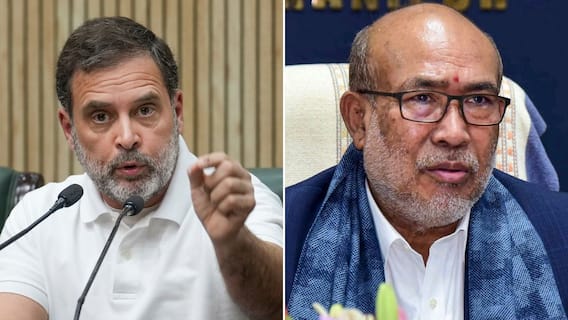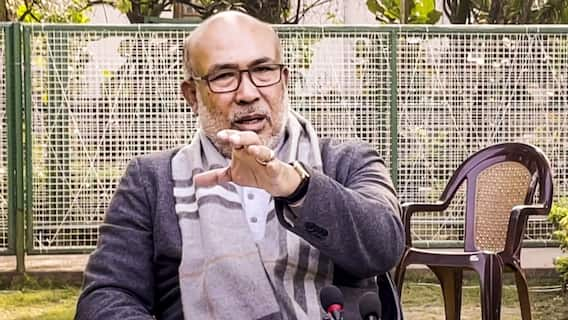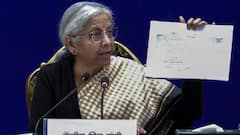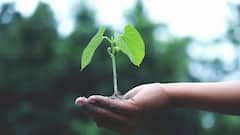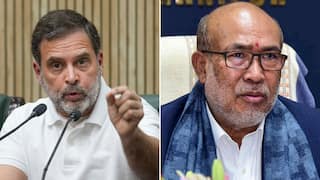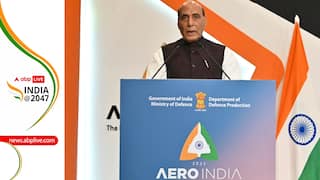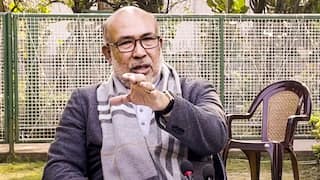(Source: ECI/ABP News)
Less Than 3 Per Cent Of Indians Living Under Extreme Poverty, Says World Poverty Clock
The body noted that India stood successful in mostly removing extreme poverty from the country, with about 3.4 crore people living below the extreme poverty line

India reported a massive growth in poverty control, data from the World Poverty Clock revealed. The country emerged almost successful in eliminating extreme poverty with under 3 per cent of the overall population residing below the extreme poverty line, the data showed.
According to the World Poverty Clock, the extreme poverty line exists at $1.9 PPP (Purchasing Power Parity) a day, reported Moneycontrol. The body found that India stood successful in mostly removing extreme poverty from the country, with about 3.4 crore people living below the extreme poverty line.
This made up for under 3 per cent of the population. The population residing below the level stood at 4 crore in 2023, and 4.6 crore in the preceding year, the data revealed. The PPP is used as a metric to compare the price of certain commodities in different countries and eventually, help understand the purchasing capacity of different currencies.
The World Poverty Clock helps give a real time comparison of poverty reduction across nations. It overseas the progress of the countries against the United Nation’s first Sustainable Development Goal (SDG), Ending Extreme Poverty.
The survey further found that about 94 per cent of the population existing below the extreme poverty line resides in rural areas, while about 6 per cent belongs to the urban areas.
Notably, the recent Consumer Expenditure Survey also revealed that poverty levels in India improved majorly in 2022-23, with urban poverty at 4.6 per cent and rural at 7.2 per cent. The survey highlighted that in the overall monthly per capital consumption expenditure, the rural and urban areas reported a decline in expenses on food items.
Global think tank, Brookings, in its latest report, noted that India has seen significant improvements in poverty elimination due to high growth and a major decrease in inequality. It credited the increase in consumption growth in rural areas to robust policies via several publicly funded initiatives, such as access to electricity, construction of toilets, etc.
Also Read : Reddit Aims For $6.5 Billion Valuation In IPO Launch: Report
Trending News
Top Headlines









